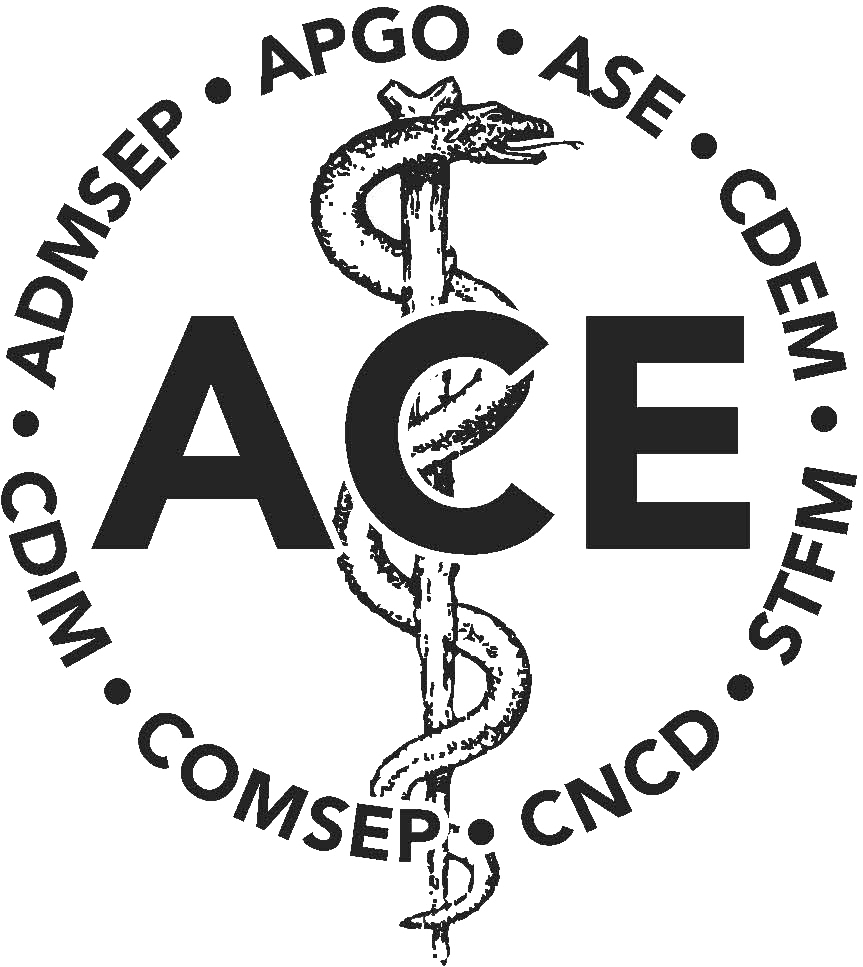by Adam Quick, M.D. | July 27, 2023 Article Citation: Moeller J, Salas RME. Neurology Education in 2035 The Neurology Future Forecasting Series. Neurology 2023; 100(12):579-586. DOI: 10.1212/WNL.0000000000207442 What is this article about? In this article, the authors review the history and current state of medical education in neurology and predict how neurological education will evolve over the next 10-15 years. Four key aspects of education are used as a framework for this review including: Core Elements of Neurological Education, How Things are Learned, Neurology Educator Workforce, and Assessment and Educational Outcomes. Core Elements of Neurology Education include historically important aspects of neurological disease diagnosis and management and recent emphasis on educating learners about Health System Science and health care disparities How Things are Learned has evolved from traditional in-person methods to increasing use of remote, hybrid, independent and other asynchronous learning modalities to individual learner. individualized learning. The Neurology Educator Workforce recognizes the emerging distinction between clinical preceptors, teachers, educators and educational scholars. Assessment and Educational Outcomes currently emphasize competency based medical education with increased focus on UME to GME transitions. Why should you read the article? This is an excellent summary of the current state of neurology medical education in regard to what is taught, how students are learning, who is teaching and how learners are assessed. The authors thoughtfully predict changes that may occur in neurology education in the future. Teaching health system science and health humanities will become more integrated with neuroscience education. Novel therapeutics in the context of an aging population and increased societal burden of neurological disease will lead to a greater need for neurological expertise. There will be increased emphasis on how to learn rather than what is learned and continued integration of technology into the learning process. A “shared curricular ecosystem” will develop that can be used by learners across institutional boundaries. Delivery of content via technology will allow clinical teachers more opportunities to use in-person interactions for application of content and mentorship. There will be greater interprofessional unification of health care educators and development of core curricula created and managed by health profession scholars. More educators will engage in local and multi-institutional scholarship. Medical schools will increasingly recognize the need to support medical educators. Assessment of learners will shift towards more holistic evaluation by clinical competency committees using data obtained from direct observations. Structured and formalized assessments, especially using simulation will play a more significant role and may reduce grading bias Variable education pathways will allow learners to earn special qualifications, and there will be increased expectations for residency? programs to document how well graduates perform as far as patient outcomes and in addressing societal needs. How can you use this article? The article may be used to understand the current status of medical education and how it may evolve in the next 10-15 years. Medical educators can utilize this information as a guide for program development and direction on how to pursue a career in medical education. Review Author: Adam Quick, M.D.; Associate Professor and Neurology Clerkship Director; Advanced Clinical Track Director, The Ohio State University, Columbus, OH. Member Organization: Consortium of Neurology Clerkship Directors, American Academy of NeurologyForecasting the Future of Neurology Education
